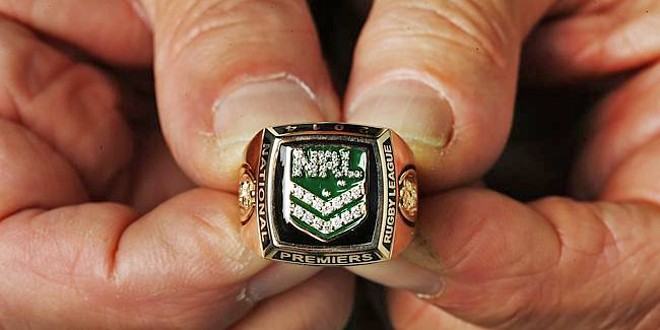 The Australian Rugby League Commission (ARLC) has announced an operating surplus of $49.9 million for its 2014 financial year.
In the last two years it has generated a combined $100 million for reinvestment back into the game and it is confident of generating more growth in the future.
In other 2014 results delivered at Friday’s Annual Gene
The Australian Rugby League Commission (ARLC) has announced an operating surplus of $49.9 million for its 2014 financial year.
In the last two years it has generated a combined $100 million for reinvestment back into the game and it is confident of generating more growth in the future.
In other 2014 results delivered at Friday’s Annual Gene NRL reports big operating surplus
 The Australian Rugby League Commission (ARLC) has announced an operating surplus of $49.9 million for its 2014 financial year.
In the last two years it has generated a combined $100 million for reinvestment back into the game and it is confident of generating more growth in the future.
In other 2014 results delivered at Friday’s Annual Gene
The Australian Rugby League Commission (ARLC) has announced an operating surplus of $49.9 million for its 2014 financial year.
In the last two years it has generated a combined $100 million for reinvestment back into the game and it is confident of generating more growth in the future.
In other 2014 results delivered at Friday’s Annual Gene 